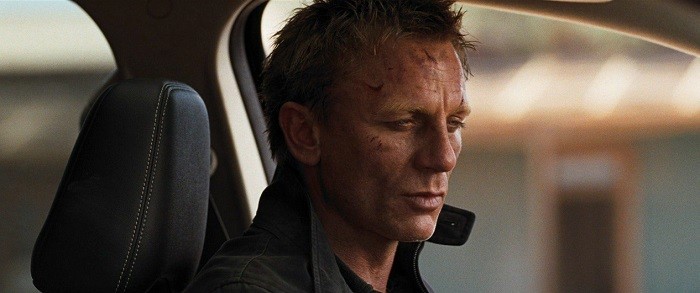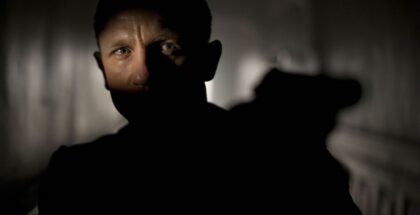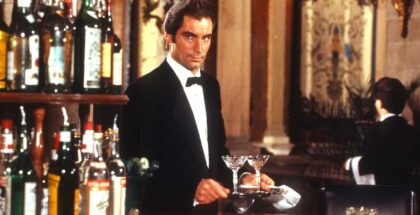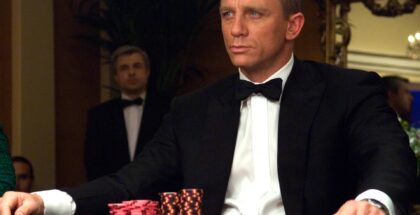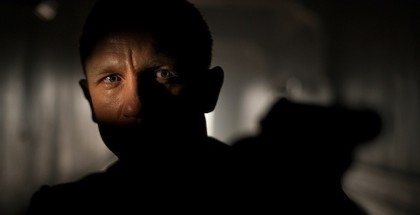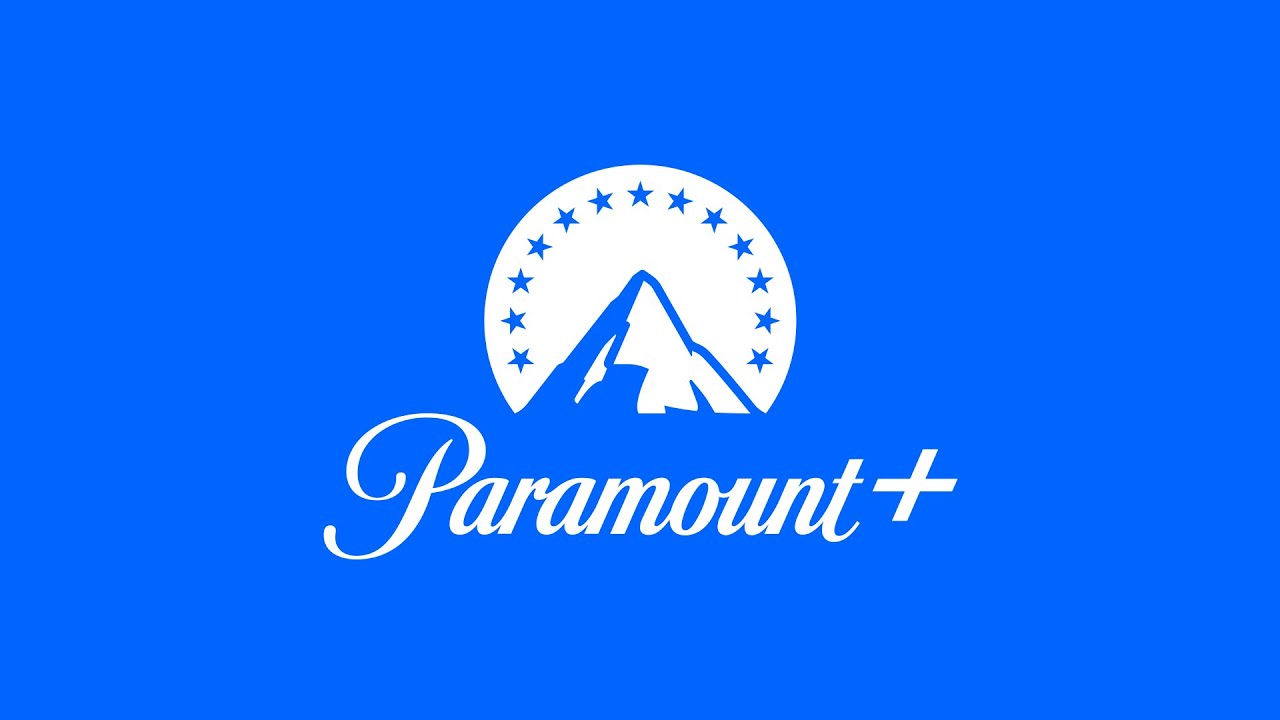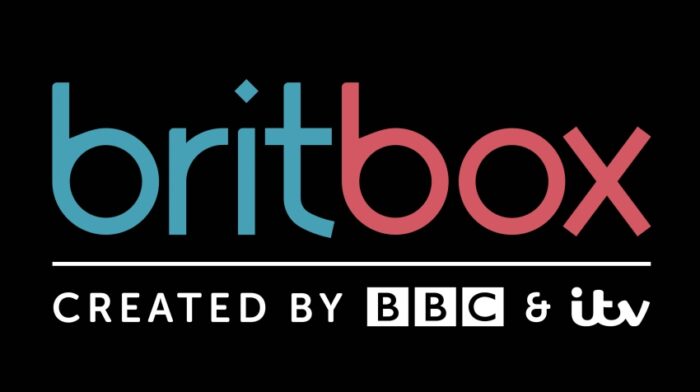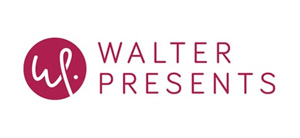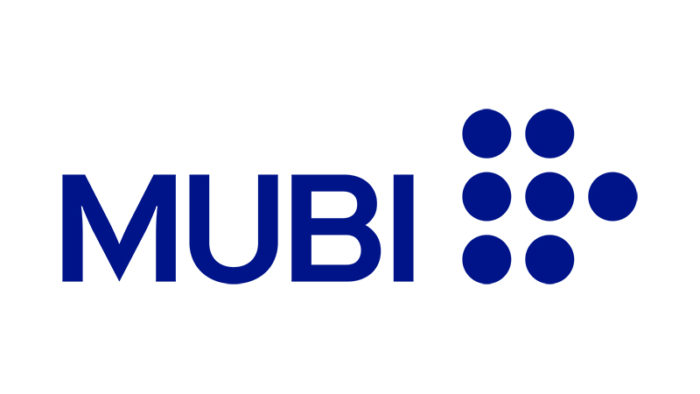Quantum of Solace: A bold missed opportunity
Review Overview
Ideas
7Execution
4Cast
7David Farnor | On 27, Sep 2021
After Martin Campbell’s brilliant Casino Royale, James Bond’s return was a cinematic event once again – and the decision to recruit Marc Forster to take the helm was a promisingly unexpected choice. But while Daniel Craig’s craggy, emotional 007 remained a captivating hero – more a landmine than a lead actor – everything else, well, imploded just a bit.
There are good bits, let’s be clear on that. The environmentally aware Bond villain (an amusingly whiney Mathieu Amalric) is a smart, savvy concept – and the addition of double-crossing CIA plans bring in real shades of grey to a franchise that has previously dealt in almost cartoonish black-and-whites. The decision to pick events up immediately after Casino Royale, making this the first direct sequel in the Bond franchise, is really quite bold. And even the woman teaming up with Craig’s grieving spy is a similarly revenge-fuelled operative (Olga Kurylenko’s grimly determined Bolivian agent, Camille).
The set-up, then, holds genuine intrigue, but Quantum of Solace forgets to add a plot to go with it. Perhaps it was the writers’ strike that left them without the time to finish writing the film, but whatever the reason, the end product is a Bond movie with what feels like a quarter of a script – and so the rest of the 100-minute blockbuster (the shortest of the Bond canon) is padded out with action. That, again, is not inherently a bad move: the range of set pieces is striking, from the opening car chase to a superb, distinctive shootout at an opera. The locations are frequently stunning, right down to an ultra-modern hotel in the desert, and the technology used by MI6 is downright cool. Individual compositions are frequently breathtaking and the shot is often stylish.
While all these choices are great, the finished film is anything but, with the action often rendered messy and, at times, even confusing. That’s down to one simple thing: poor editing. The action sequences are so kinetic that you can’t tell what’s happening – at one point during that opening car chase, it almost looks like Bond has driven off a cliff and exploded to death. When Bond finally stops and says it’s time to get out to his shaken and stirred passenger, you know how they feel.
Of course, Bond movies are not meant to be slow. Back on You Only Live Twice, stalwart 007 editor Peter Hunt was called in to re-edit You Only Live Twice after the original three-hour cut was deemed to long and slow, and Hunt went on to become a mainstay Bond director.
But while Hunt’s catchy jump-cutting work on Dr No gives the film an average shot length of 6.6 seconds (according to cinemetrics.lv), things have changed by the time Daniel Craig’s Bond rolls around. What’s considered fast in the industry is a zippy 2.9 seconds – The Bourne Supremacy, for example, has an average shot length of 2.4 seconds, while The Bourne Ultimatum has an average shot length of just 2.2 seconds. Quantum of Solace? 2 seconds flat.
Jump cuts, crash cuts, close-ups, handhelds, tracking shots, inside-vehicle shots and fast edits are all deployed to visually striking effect, but the impact is lost amid such rapid cutting. At one point, the camera dives after Bond through a glass roof and into an art studio in the middle of a punch-up – but without an establishing shot to make things clear, it’s a dizzying ride rather than an exhilarating one.
Underpinning it all is a character-driven kernel: the scrappy action matches the devil-may-care attitude of a hero who has nothing less to lose. But each time the film unevenly hops to the next thing rather than spend time developing that emotional theme, Quantum of Solace loses its focus – and all those promising ideas that the film began with offer just a small sliver of consolation.


